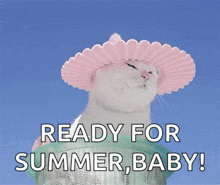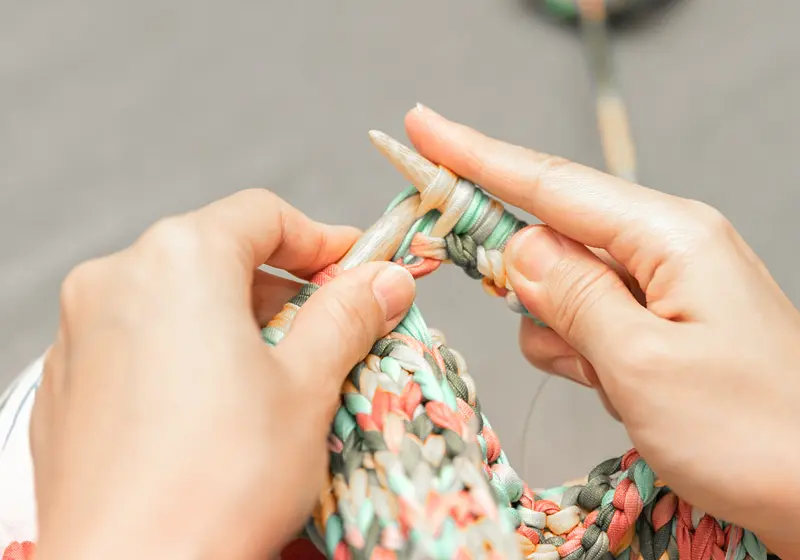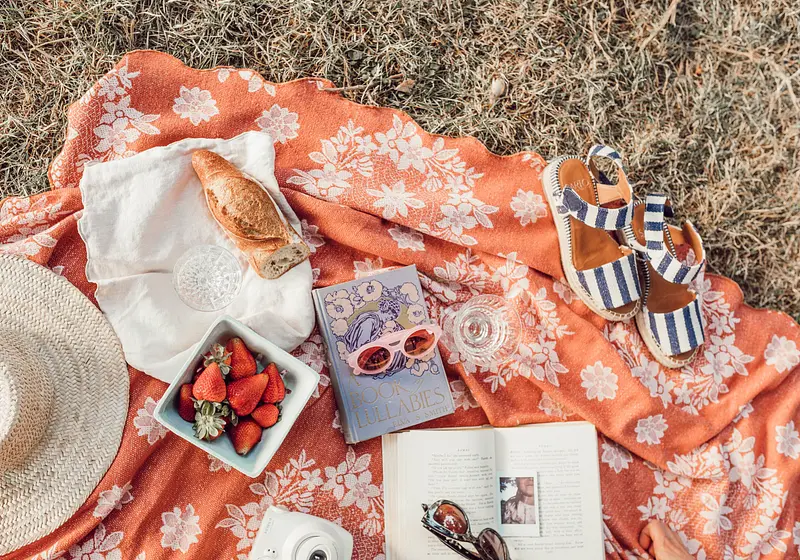Crocheting, a skill that became popular during the pandemic (thanks to TikTok), is an easy and cheap way to make everything from garments and accessories to plush animals. Making one's clothes and items is a huge accomplishment and a great way to spend time and learn a new hobby. With the advent of social media, crocheting is steadily coming into the limelight. Whether it's a pair of gloves or a cute dress, here's how to start crocheting.

Let us slide into your dms 🥰
Get notified of top trending articles like this one every week! (we won't spam you)What is crocheting?
Crochet is the process of making textiles by interlocking loops of yarn, thread, or strands of other materials with a crochet hook. The name is taken from the French word crochet, which means "hook." Hooks are available in several materials, including metal, wood, bamboo, and plastic. There are many more advantages to crocheting than knitting.
For example, you get your projects done much faster, so it is great for those who have less time. Although patience is one of the important things when it comes to crafts, one cannot possibly spend weeks knitting one simple scarf. Second, one of the most frustrating things about knitting is when you lose a loop, it most likely destroys your whole piece.

Take the Quiz: Discover Your Ideal Stress-Relieving Hobby
Everyone deals with stress differently, and finding the right hobby can help you relax and unwind. Take this quiz to find out which stress-relievin...
What Materials Or Tools Do You Need to Crochet?
-
Yarn comes in a variety of weights (how thick it is) and yardages. Certain projects require specific yarn weights, while others, such as blankets, can use almost any weight. Yarn can be purchased online or in-store, but I always prefer to get it online. Online, you have a considerably larger selection and can choose from almost any brand.
-
Crochet hooks come in a variety of sizes. The most frequent size, however, is between 3 mm and 15 mm. There are smaller and larger sizes, but they are only utilized for extremely specific applications.
Crochet hooks are commonly used with specific yarn weights. For example, medium #4 weight yarn should be used with a 5.5 mm needle.
Where to begin?
Double crochet, single crochet, slipknot, and other terms may appear intimidating at first, but once you get the hang of them, they will become second nature. However, before you begin, consider using lighter-colored yarn to make the actual stitches easier to see. When you're learning, you'll want to see where the hook should go. Also, keep it simple with acrylic yarn and avoid anything fuzzy or fancy as it will only confuse you.
Yarn labels will tell you the kind of hook you need and if all these terms seem very confusing, don't be shy. Ask the shop attendant or other people shopping for yarn – the crocheting, or rather the crafting, the community is very welcoming!

What terms or techniques do you need to know?
I'll list techniques here so you can get a sense of what they mean, but it's always best to watch someone perform them. There are dozens of videos on YouTube that describe each one using big yarn and big hooks so you can follow along without a hitch. There are numerous yarns to pick from, as well as numerous hook sizes and styles. If you're already feeling overwhelmed, start with the ones designed just for novices.
A slipknot is the foundation of every crochet item. Create a loop with some dangling slack yarn and draw the long part of the yarn through that loop. That is your starting point.
Many of you have probably done finger crocheting by repeating this step to make a long chain of slip knots, which is the foundation chain. Depending on the task at hand, this could be a few "chains" or hundreds. Here's a video to get you started.
The first is a single crochet stitch. Insert your hook into the foundation chain and pull the yarn through. Now that you have two loops on the hook, yarn over and pull it through the two loops.
Ladies and gentlemen, you are now crocheting! You can now enter each loop and repeat this process until you reach the end of it. This first row is always the most difficult, but trust me, it gets easier as the second row begins.
You'll be wondering how to move higher once you've reached the end of the row. Simple! You start with a chain, then yarn over without doing any additional work and pull it through. Writing it out sounds more complicated than it is - trust me.
Double crochet is the bigger sibling of single crochet and hence requires a little more space for movement. Assume you've chained a lot and want to start making a row of double crochets. Insert the hook into the third chain from the end on which you are working.
You yarn over, insert the hook into the chain, and repeat. Pull those through, and your hook should now have three loops. You yarn over and draw your hook through two loops, leaving you with two on the hook. Yarn over and pull it through the two loops again.
Your First Crochet!
Let's get started! First, keep it small and simple. While learning these stitches you will want to keep them rather small to encourage yourself to go big(ger) soon.
Granny squares are simple projects that are perfect for using up yarn remnants. You can crochet a typical granny square in a single solid color or use a new yarn color for each round. It's a simple square design that's perfect for beginning crocheters who want to learn how to produce an easy granny square.
If you remember 1970s fashion, you'll remember seeing them everywhere: on vests, shorts, hats, bags, and more! However, it is essentially a small square that you begin by working from the center outward, gradually expanding it.

The most straightforward approach for repurposing it is to use it as a coaster. Make a lot of granny squares and put them together to make an Afghan blanket. Even if you believe you've seen everything, the various types and interpretations of Granny Squares will prove you wrong. After getting enough practice, you can try more shapes like hexagons or other shapes as well.
If you don't want to attempt anything fancy, you can crochet a simple dishcloth or shower cloth. Many crochet enthusiasts will start doing this during their learning pace. Simply work your rows up and finish the piece by cutting the yarn with slack and pulling it through the last loop. It will be great for practice!
If you want to try fashionable clothing, start with a basic beanie. Begin by crocheting a Granny Square - keep track of your stitches to avoid uneven and crooked results. If you have a good TV show to watch, you'll probably finish it in two or three episodes. Feel free to personalize or adjust the colors as you go.
After practicing, you can go bigger, there are several beginner-friendly shawl tutorials online. They are a great fashion statement, and even though they appear quite chilly with all the holes, they keep you surprisingly warm. I always keep one on hand as a present from a friend in case it turns cold. Here's some Pinterest inspo for you!
Last but not least, Amigurumi! This crochet technique for manufacturing small plush animals or things originated in Japan. You might use this technique to make a basic doughnut, a lovely heart, or a crocheted plant - very useful if you can't keep the real thing alive. There are numerous books and websites full of imaginative Amigurumi critters and lovely dolls of all shapes and sizes to inspire you.
In today's fast-paced world where technology dominates our lives, crochet offers an opportunity to slow down and enjoy life's simple pleasures. Crochet is a timeless art form that continues to enchant people all around the world. Whether you are a seasoned crocheter or just getting started, there is always something new to learn and create with this lovely craft.
Remember, practice makes perfect! Crocheting will be more fun if you do it with your loved ones. Happy crafting!










.jpeg)







